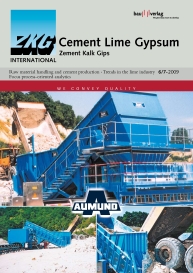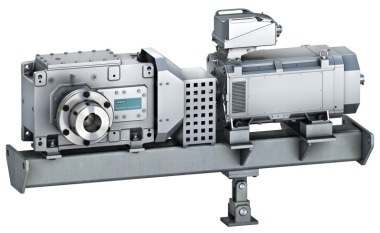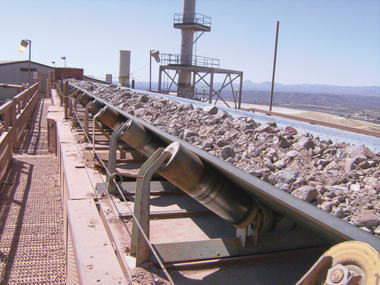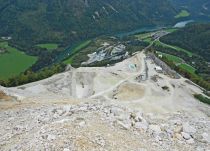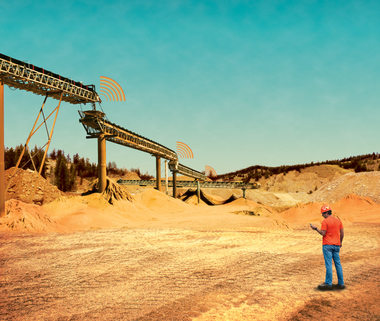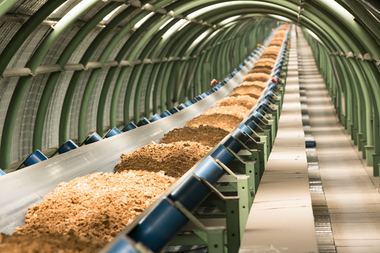Climate friendly and energy-saving raw material handling using belt conveyors
ContiTech Round Table at Hanover Fair 2009, Hanover/Germany (21.04.2009)
Belt conveyor systems save energy and protect the climate in material handling. Compared to traditional means of conveyance, they consume only a fraction of the energy and emit clearly less CO2. In the next 30 years 340 million t of the climate gas could be saved. This is the result of the study “Energyefficient material handling and climate protection”, which was drawn up under the direction of Prof. Dr. Hossein Tudeshki from the Institute of Opencast and International Mining at Clausthal Technical University. Professor Tudeshki presented his investigation for the first time within the...


